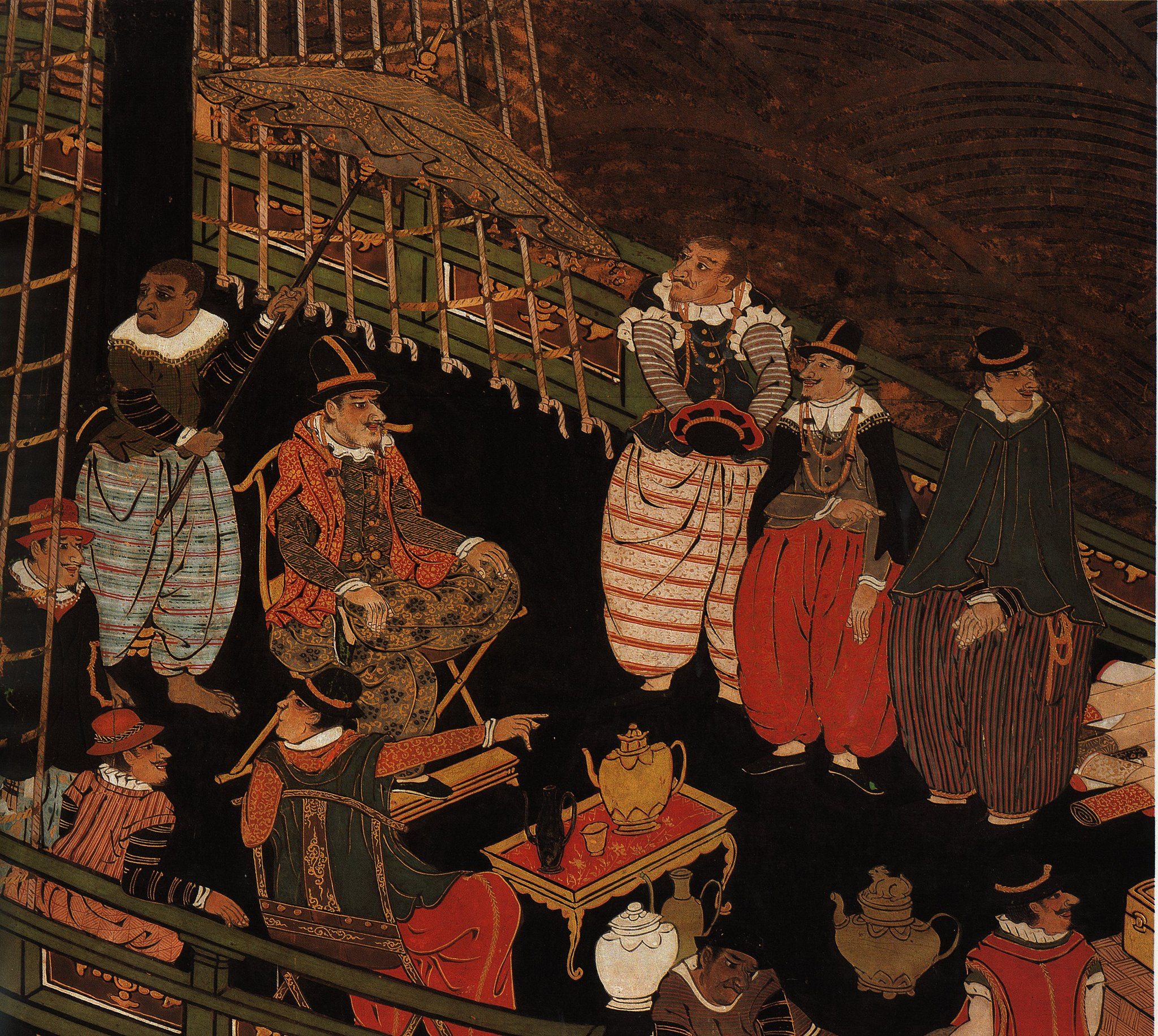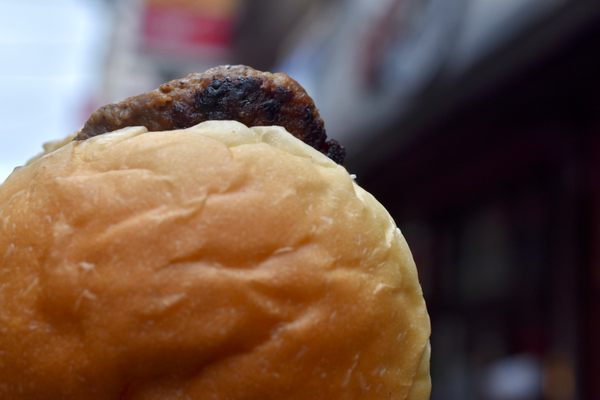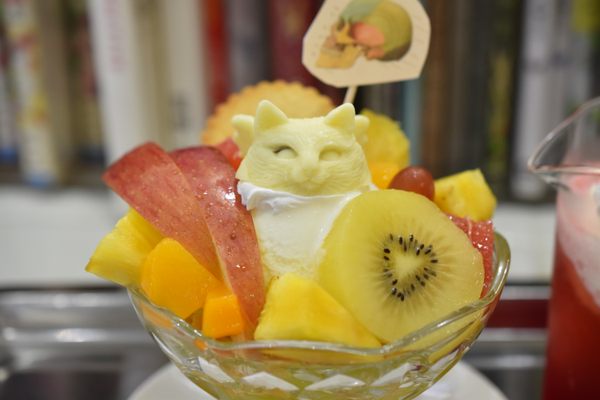Inside a 17th-Century ‘Barbarian’ Cookbook From Japan
It included Portuguese and Japanese recipes for caramel, cake, and an early tempura.

These days, treats including tempura, konpeitō hard candy, and fluffy castella cake are available in restaurants, convenience stores, and bakeries across Japan. It might seem hard to believe that these dishes, especially fried tempura, were once curiosities even to the Japanese. Early recipes for these things and more were compiled in a cookbook manuscript dating from the 17th century. It’s called the Nanban ryōrisho, or the “Southern Barbarians’ Cookbook.”
Who were the “southern barbarians?” According to Eric C. Rath, author of Food and Fantasy in Early Modern Japan, that was the term for the largely Portuguese Europeans who sailed to Japan beginning in the 16th century. As traders and missionaries, they brought along Christianity and Western technology. But they also brought their food.

The author is unknown, though Rath writes that they were obviously very familiar with Iberian cuisine, perhaps even knowing Portuguese and Spanish people personally. A collection of 45 recipes, which Rath translates in his book, the Barbarian’s Cookbook long existed as a handful of handwritten manuscripts in Japanese libraries, only to be published by the 20th century. The recipes therein offer a glimpse into changing attitudes towards food in Japan at the time, and the development of the nanban cuisine still enjoyed today.
Nanban, or “southern barbarian” cuisine, comprised the foods and dishes from abroad that the Portuguese brought along with them, starting in 1543. Compared to Japanese food, these dishes were often heavily-spiced, meaty, oily, and, of course, sweet. The wide reach of Portuguese trade made sugar more accessible than ever, even in Japan, where sugar had previously been known as a rare, valuable commodity.
In the cookbook, recipes for sweets, both Japanese and Portuguese, are front and center. Karumeira, made with sugar and egg whites, is nothing other than caramel. A recipe for Portuguese confeito hard sweets results in a tri-colored, spiced candy mix. The resulting konpeitō candy already had some history. According to Rath, a Jesuit missionary gave a container of konpeitō to the warlord Oda Nobunaga decades before the cookbook was compiled. Sugary treats soon became nearly synonymous with Christianity.

The other half of the Barbarian’s Cookbook contained savory dishes, notable for the eggs and meat they required. At the time, lingering dietary taboos over both existed in Japan for health and religious reasons. But the cookbook listed recipes for the likes of “Southern Barbarian Chicken Dish,” meat stew, and a fried chicken dish called tenpurari, which Rath posits could be an ancestor of tempura, the most famous nanban dish of all. Seasoned with warm spices such as cinnamon, cloves, and ginger, then fried in oil, the final dish is colored with gardenia water (gardenias can produce bright blue or, more likely in this case, bright yellow dyes).
By the time the Barbarian’s Cookbook was written, Christianity had been outlawed, and most foreigners prohibited from Japan. But nanban cuisine lingered. The sweet and meaty treats in the Barbarian’s Cookbook “became increasingly popular over the course of the Edo period,” writes Rath. But even today, many nanban treats remain favorites.
Gastro Obscura covers the world’s most wondrous food and drink.
Sign up for our regular newsletter.




































Follow us on Twitter to get the latest on the world's hidden wonders.
Like us on Facebook to get the latest on the world's hidden wonders.
Follow us on Twitter Like us on Facebook